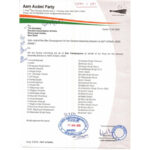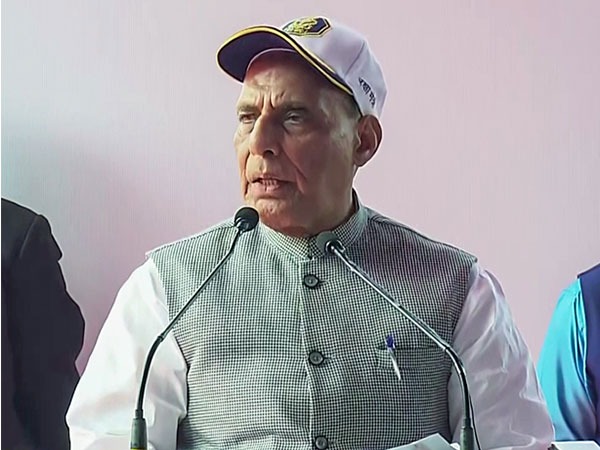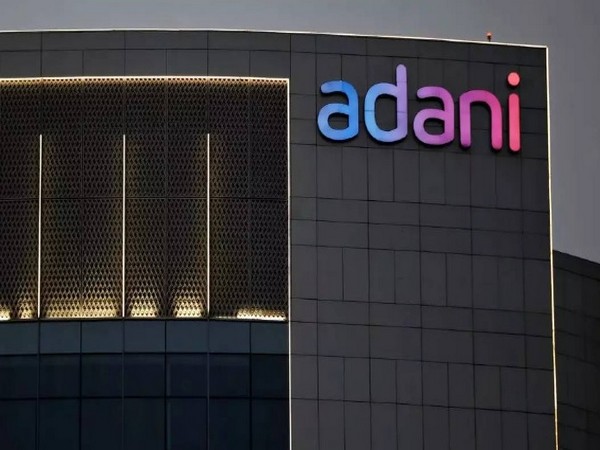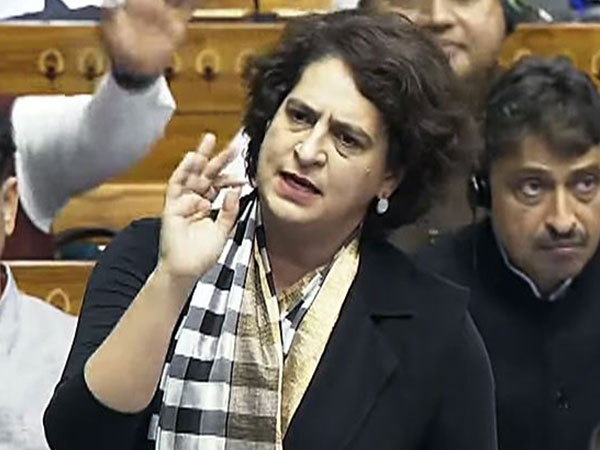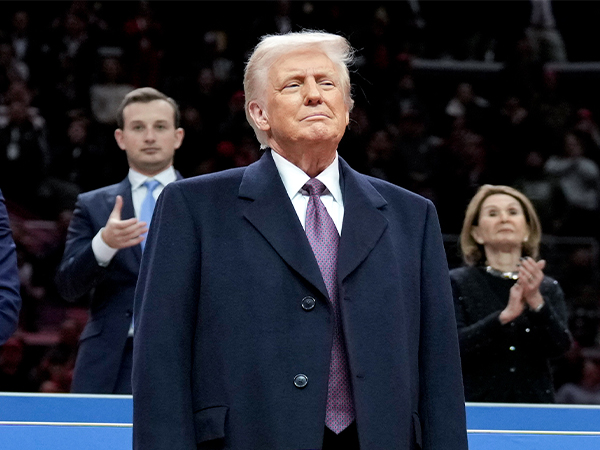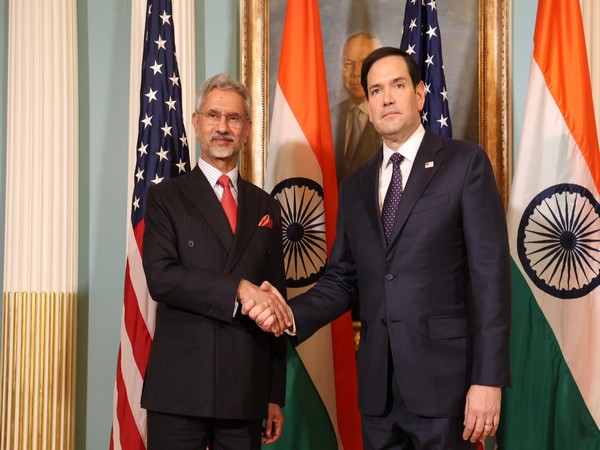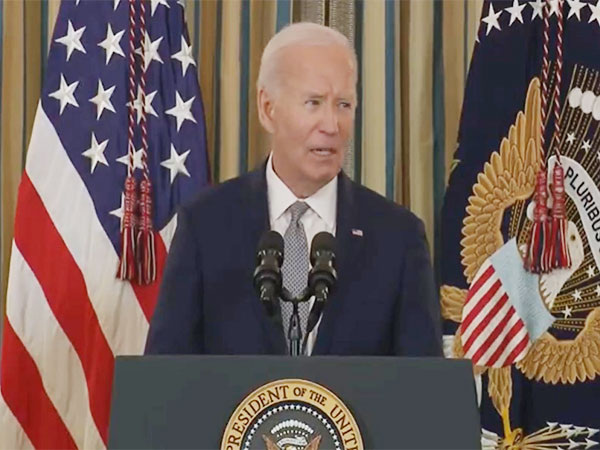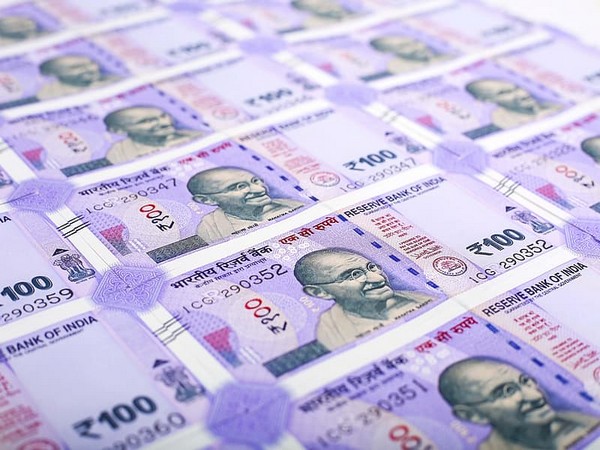
Singapore, June 14 (ANI): Fitch Solutions said on Monday it expects the rupee to continue trading in a range between INR72.30/USD and INR75/USD over the remainder of the year.
The Indian rupee has traded sideways since March forecast and averaged INR73.30/USD in the 2021 year-to-date.
“We expect the central bank to continue intervening to maintain relative rupee stability in order to manage imported inflation arising from high global oil prices,” said Fitch.
“This will mitigate the depreciatory pressures from loose monetary and fiscal policy in India, as well as a worsening terms of trade stemming from elevated global oil prices.”
From a technical perspective, the rupee looks set to trade weaker relative to its horizontal resistance at INR72.30/USD, which also coincides with it, multi-year trend resistance that continues to hold.
The technical outlook suggests that rupee weakness is more likely over the longer term despite the view for sideways trading to prevail in the short term, said Fitch.
It maintained 2022 forecast for the rupee to average weaker at INR75.50/USD for four reasons.
First, while the Reserve Bank of India (RBI) will seek to manage imported inflation over the near term, it will likely favour a weaker rupee over the longer term to support the external sector after the economy is on a more stable footing, considering the government’s plan to grow India into an exports manufacturing hub.
Second, higher structural inflation vis-a-vis the United States will pressure the rupee over the long term, incentivising imports which will push the rupee weaker. “We forecast India’s inflation to average 4.5 per cent over 2022 and 2023 versus 2 per cent in the United States.
Third, Fitch forecast average Brent oil prices to remain elevated at around USD64 to 65 per barrel over the same period, and this will exert persistent pressure on India’s terms of trade and the rupee, especially as the recovery in Indian economy firms.
Fourth, the rupee’s real effective exchange rate (REER) index shows that the currency is almost fairly valued, trading only 1.5 per cent above its 10-year average. Typically, currency overvaluation would also incentivise imports and drag on exports as they are less competitive versus peers with more attractive valuations, hence pressuring the rupee weaker.
In addition, the INR REER tends to return over time towards its 10-year average which suggests that the currency may weaken from current levels. However, with the extent of overvaluation being small, this will likely also limit scope for rupee weakness over the forecast horizon. (ANI)


